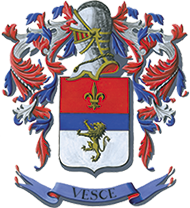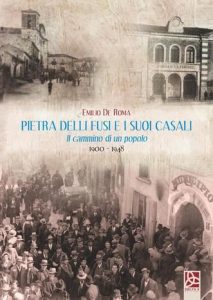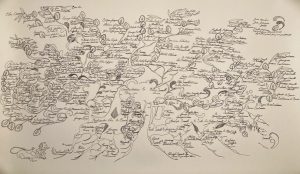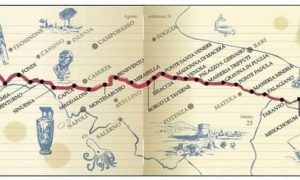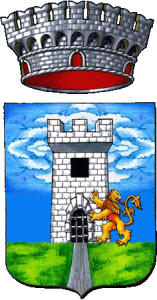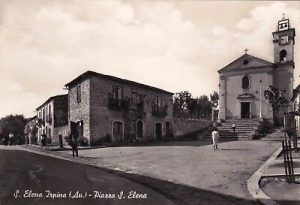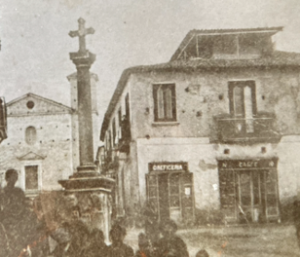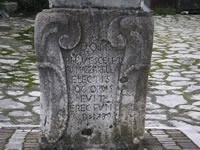Pietradefusi is an ancient village in the Calore River valley, located along the Via Appia Antica on the border with the province of Benevento, on an area originally occupied by the Samnites Irpini. .


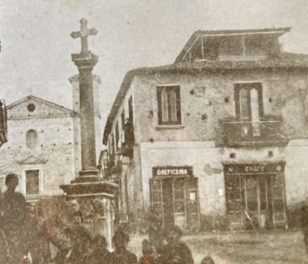

PIETRADEFUSI
Pietradefusi is an ancient village in the Calore River valley, located along the Via Appia Antica on the border with the province of Benevento, on an area originally occupied by the Samnites Irpini.
The history of Pietradefusi was marked by repeated devastations. During the Second Punic War, a nucleus called “Fusole” was razed to the ground for having sided with Hannibal against Rome; in the 14th century the town was destroyed by the Angevins for having sided with the revolt of the Barons; again, in the sixteenth century it was razed to the ground by a French army in transit towards Puglia.
In the early Middle Ages (12th century) the village became one of the Universitas Civium established by Charles of Anjou, which governed themselves within certain areas and with certain traditional powers. The toponym “Pietra delli Fusoli”, today Pietradefusi, is ascribed to the aggregation of people of different origins (fusoli = fused) around the majestic Pietra, a limestone rocky outcrop, on which the civic tower was built in 1531.
The “Universitas Pietra delli Fusi” included various farmhouses belonging to the De Souza, subsequently donated to the abbey of Montevergine by the royals of Naples and, in the fifteenth and sixteenth centuries belonging to the De Tocco and Acquaviva d’Aragona. During the eighteenth century Pietradefusi was first administered by the Santa Casa dell’Annunziata in Naples, to be then divided between the Pio Monte della Misericordia and the barony of Montefusco.
PICTURE: Stele of the Cross of Piscero: “DOM PH: VESCE ET AV: MAZZARELLA ELECTIS HOC OPVS EVIT ERECTVM A.D. 1739”
(Deo Optimo Maximo PH: Vesce and AV: Mazzarella chosen for this work built it in 1739.
Since its origins, Pietradefusi has developed at the crossroads of important paths traced by the ancient Greeks and consolidated by the Romans.
In 313 BC the Via Appia served the traffic between Rome and Brindisi, crossing Pietradefusi, Mirabella Aeclanum and Ariano Irpino. The Via Nova was built on it in the 1500s, which flowed into the consular Via Regia delle Puglie both towards Avellino and Benevento.
At the end of the 18th century, Charles III of Bourbon extended the via nova as far as the cape of Lecce, favoring a certain development of the territory, compared to the severe poverty of those lands at that time. In the 19th century the Calore valley, like much of Irpinia, enjoyed an economic development of all social groups thanks to viticulture. The discovery of sulfur deposits in Irpinia had strong repercussions by promoting viticulture. The phylloxera infestation that had struck northern Europe led to the development of a notable trade in grapes beyond the Alps, with recognition of the quality and economic value of the wines.
In 1879 Francesco De Sanctis, Italian Minister of Education, wanted to establish the second Royal School of Viticulture and Enotechny in Avellino. In 1920 the land planted with vines reached 62,900 hectares, but when the phylloxera finally arrived in Irpinia, the wine economy shrank, as did the territory of Pietradefusi which in 1948 saw the split of its hamlets, Calore, Venticano (Campanarello) and Castel del Lago. Since then, the municipality of Pietradefusi has included the hamlets of Pietra, Dentecane, S. Angelo a Cancelli, Pappaceci, Vertecchia and S. Elena Irpina (formerly Piscero) which is its capital.
In the mid-twentieth century, poverty and unemployment favored a massive emigration of the workers, causing a serious demographic impoverishment and removing arms from agriculture. For some years the local agricultural economy survived on the cultivation of the Beneventano tobacco, until the welfare policies did the rest, by completely emptying the countryside.
Today, like the neighboring municipalities, the rural face of Pietradefusi has disappeared, which has also resulted from the profound transformation caused by the post-earthquake reconstructions of 1962 and 1980.
Most of the buildings, including the historic mother church of Sant’Elena Irpino, were demolished and grossly rebuilt in reinforced concrete. Few houses have withstood the strict administrations and post-earthquake construction in Irpinia, unlike the contiguous municipalities of Montemiletto and Montefusco, which have managed to preserve the appearance of their historic core and landscape. What survives in Pietradefusi today are the Torre Aragonese and the Church of Maria SS. Annunziata (which houses paintings of the Neapolitan and Roman school of the XVIII century), statues of saints, sacred furnishings, and precious monstrances in gold and silver of high value, donated by Cardinal Coscia and Pope Orsini.
What survives in Dentecane are the Opera pia Pascucci Foundation and the 19th century church of San Paolo, which has a majestic facade and fine interiors that house a Nativity, the work of Maria Padula.
Useful information on Pietradefusi can be found on the website: https://it.wikipedia.org/wiki/Pietradefusi. At short distance from Pietradefusi (3-5 Km.), Montefusco is worth a visit. Also, Montemiletto, Mont’aperto, Venticano, Calore, Taurasi and all the neighboring municipalities, including San Giorgio del Sannio (8 km.) And Benevento (20 km) are easy to reach and interesting itineraries.
